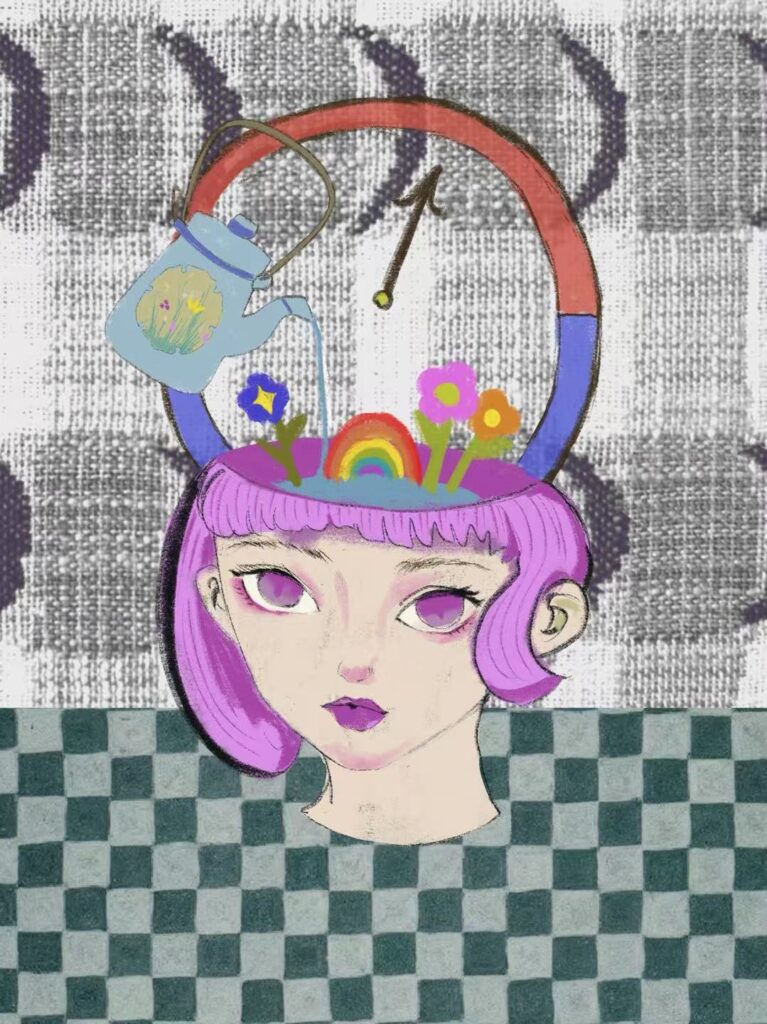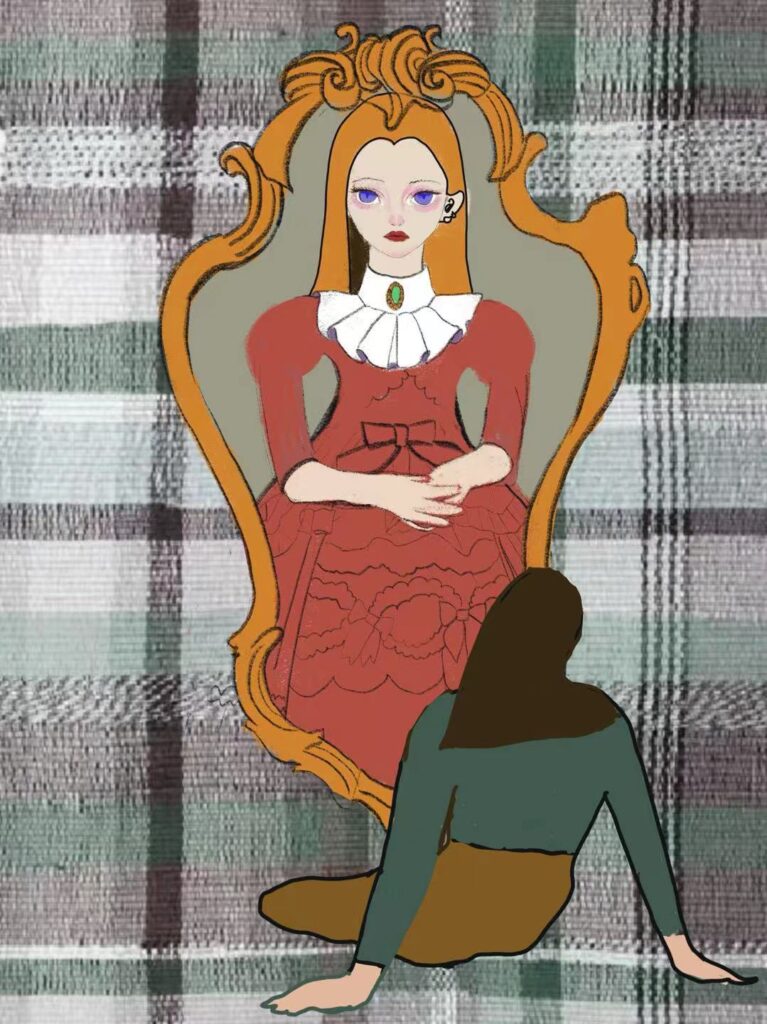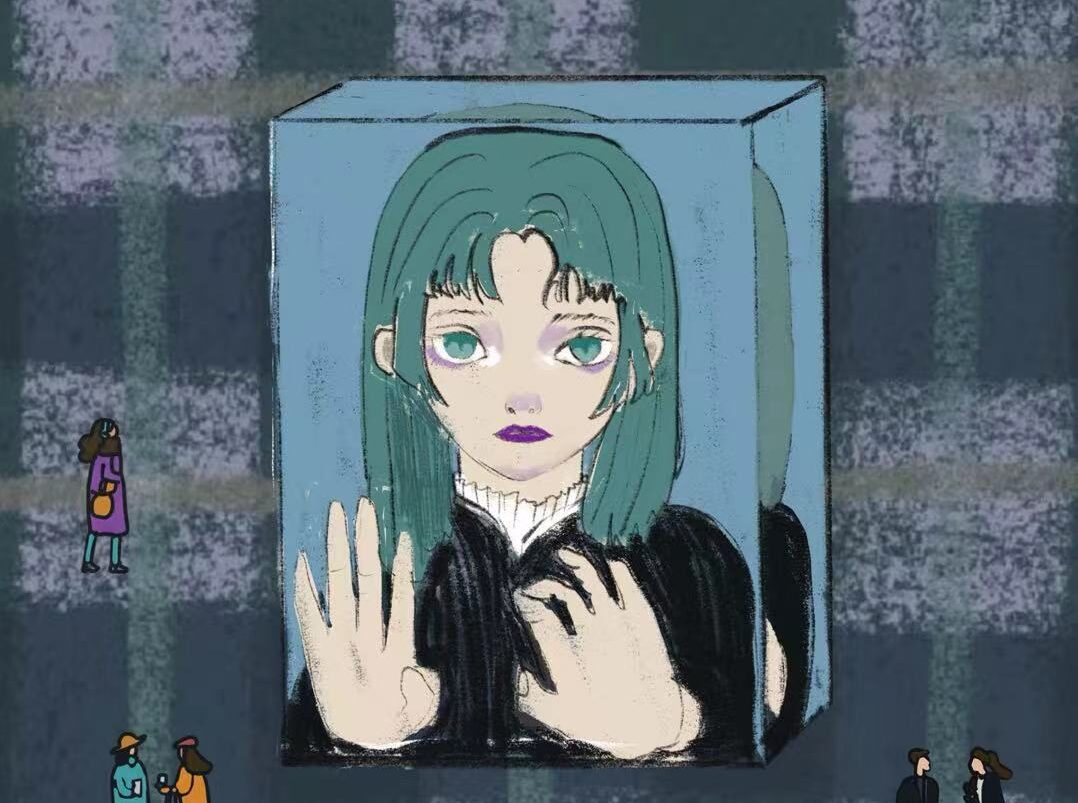



Bipolar Disorder, also known as bipolar disorder, is a psychological illness that affects emotions. It is characterized by extreme mood swings, with patients switching back and forth between mania and depression. This mood change not only affects the individual’s psychological state, but also affects social relationships, work and quality of life.
When manic, people may feel energetic, their thoughts are surging, they are overconfident, and even make impulsive decisions. When depressed, people may fall into extreme sadness, helplessness, and even lose interest in life. This polarization of emotions often confuses patients and makes it difficult for people around them to understand, but it is not uncontrollable – through treatment, support and self-regulation, people with bipolar disorder can find their own balance point.
Patients in the manic phase may show abnormal excitement or pleasure, seeming to be full of infinite energy; increase in speech, jumping thoughts, and difficulty concentrating; reduce the need for sleep, but do not feel tired; impulsive behavior, such as overspending, taking risks, and making reckless decisions. Some people feel that they can do anything during mania, and even complete a large amount of creation in a short period of time, but it is difficult to maintain a stable rhythm.
Patients in depression may experience persistent sadness or low mood, even for no apparent reason; lose interest in life, and things they once loved become meaningless; extreme fatigue and lack of motivation, even simple daily tasks become difficult; self-doubt, low self-esteem, and even thoughts of self-harm or suicide. Some people are full of passion during mania, but during depression, they don’t even have the energy to get up, and even feel that the world doesn’t need them.
Many artists, writers, and musicians have coexisted with bipolar disorder, such as Van Gogh, Virginia Woolf, Kurt Cobain, etc. Their works are full of emotional tension, reflecting the struggles and beauty of their inner world. Art can be a way to vent emotions, helping people with bipolar disorder express their feelings visually, in sound, or in words. This is not only a form of treatment, but also a way to communicate with the world.
If you are experiencing bipolar disorder, you might as well try painting to express your emotions with colors; writing to record your inner world; music to release your energy with melody. Art may not cure bipolar disorder, but it can be a bridge to understand yourself and connect with the world.
Although bipolar disorder is a long-term psychological condition, there are many ways to help patients manage it better. Record your mood changes, find out the triggers, and observe which habits, environments or relationships affect your mood. Receive professional treatment, take mood stabilizers or antidepressants prescribed by your doctor, receive psychological counseling or cognitive behavioral therapy, and learn how to regulate your emotions.
Maintain a regular lifestyle, ensure adequate sleep, and avoid staying up late; eat a healthy diet, reduce caffeine, alcohol, and high-sugar foods; exercise regularly, such as yoga, walking, and meditation, to help balance your emotions.
Seek support and communicate with trusted friends, family, or psychologists. Join a bipolar disorder support group and listen to other people’s experiences. Remember, you are not alone, and many people are experiencing similar mood swings.
Bipolar disorder does not define you, it is just a part of your life. Your experience, your emotions, and your art are all worth seeing and understanding.
If you have experienced bipolar disorder, please share your story in the comments section. You are not alone, let’s find light together.
